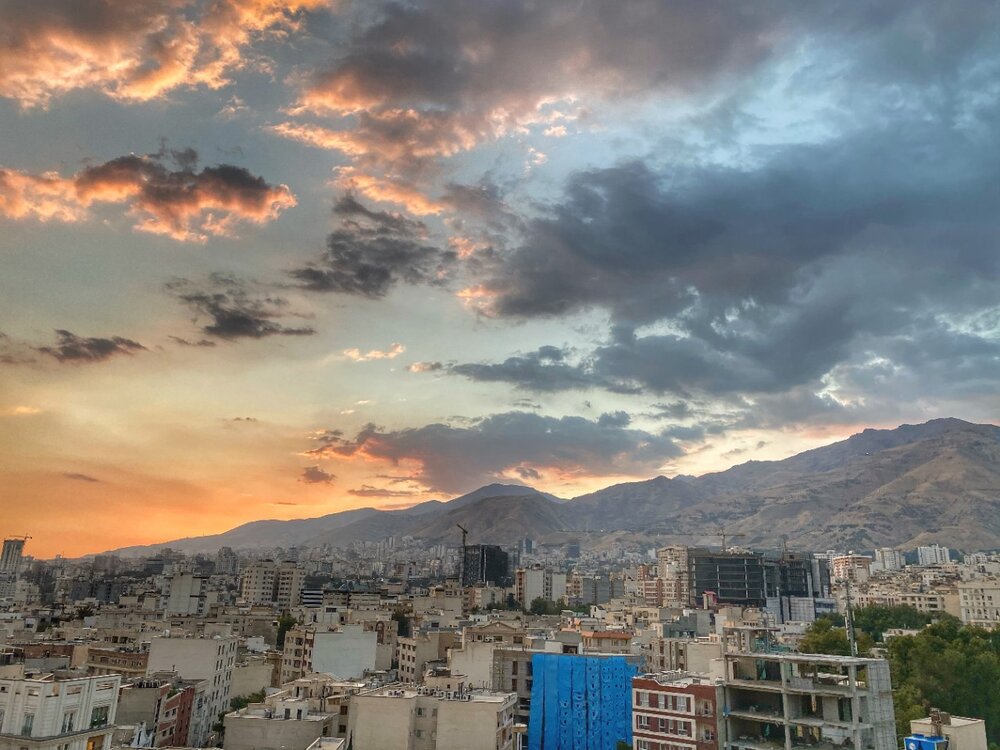Towards higher energy efficiency

TEHRAN - Cities are ground zero for the COVID-19 pandemic has highlighted the pre-existing structural weaknesses. As we respond and work towards recovery, we look to our cities as hubs of the community, human innovation, and ingenuity.
According to the United Nations Development Program (UNDP), Iran is among the 10 largest emitters of Carbon Dioxide (CO2) in the world, and the residential and commercial building sectors are the main contributors to this challenge. Increasing energy efficiency in existing and new buildings contributes significantly to reducing emissions and addressing climate change.
To overcome this challenge, UNDP has partnered with the Government and Tehran Municipality to improve the energy efficiency by 25% for existing buildings and by 60% for new buildings.
The initiative consists of 190 pilot projects in residential, public, and office buildings. Energy use audits and digital information system and a market-based financial instrument are three key components and incentives to engage the public and expand the initiative.
Smart control and monitoring systems are being installed in buildings paving the way for smart buildings. Smart building solutions improve sustainability and energy efficiency and through gathered data from smart sensors and meters, building management systems provide efficiency through improvements in lighting, fire, and security systems. These buildings also enhance personal safety, comfort, and security.
To promote a cleaner environment, issuing a tradable “white certificate” is also among the goals of this project. White certificates are issued for achieving a minimum of energy savings.
Energy Services Companies (ESCOs) implement energy efficiency retrofit projects in residential or public buildings through guaranteed or shared-based savings contracts.
Energy Monitoring and Information System (EMIS) will capture the amount of saved energy and consequently, the output from energy efficiency projects will be linked to the Iranian energy efficiency and environment market (E3M) through the white certificates.
This white certificate can be traded in the stock market and the high tariff energy consumer will be able to buy the demanded energy from energy sellers i.e. the building owners. This way, a cycle of green financing is shaped in energy efficiency while the amount of C02 emission will be decreased simultaneously through applying energy-efficient solutions.
These unprecedented times when many are facing socioeconomic, public health, and climate action challenges, calls for strategies that bring more efficiency to communities as a component of a much-needed broader approach to building forward better in an equitable and inclusive way to ensure everyone enjoys clean air, healthy and comfortable living environments, quality jobs, and affordable energy.
MG
Leave a Comment